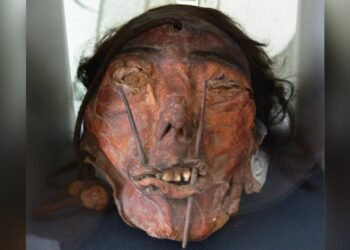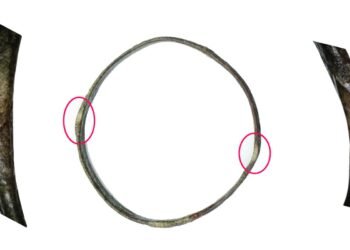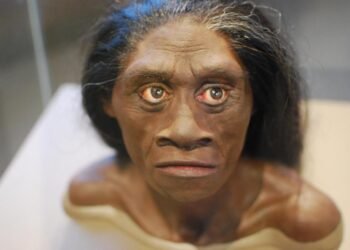The origins of the Huns, the formidable nomad warriors who changed European history in the late fourth century, have been a topic of discussion among scholars. In the past, experts thought the Huns descended from the Xiongnu, an empire that ruled the Mongolian steppe but collapsed around 100 CE. However, the 300-year gap between the Xiongnu’s collapse and the emergence of the Huns in Europe has been a mystery in history. A recent genetic study now sheds new light on this old question.

A team of geneticists, archaeologists, and historians conducted an analysis of 370 ancient genomes. These samples span about 800 years, from 200 BCE to 600 CE. This research was part of the HistoGenes project, funded by the European Research Council. Experts from the Max Planck Institute for Evolutionary Anthropology and Eötvös Loránd University in Budapest took part in this study. The team examined new DNA sequences from burial sites across the Mongolian steppe, Central Asia, and the Carpathian Basin. They wanted to find out whether genetic lineages bridged the gap between the Xiongnu and the Huns.
The research didn’t find evidence of a large, united group of Asian or steppe origin among the Huns in the Carpathian Basin. Instead, the genetic landscape was diverse, hinting that the Huns didn’t arrive as a single migrating group but as a mix of different peoples. However, a few people buried in elite “eastern-type” graves—often linked to nomadic traditions—showed clear East Asian genetic markers. This means that while most Huns came from various origins, some high-ranking members could trace their lineage directly to the late Xiongnu elite.
Guido Alberto Gnecchi-Ruscone, a researcher at the Max Planck Institute for Evolutionary Anthropology and a co-author of the study, said: “It came as a surprise to discover that a few of these Hun-period individuals in Europe share IBD links with some of the highest-ranking imperial elite individuals from the late Xiongnu Empire.” These connections included an individual buried in the largest known Xiongnu terrace tomb, showing a direct genetic link between the two groups.

Even with these elite connections, co-author Zsófia Rácz from Eötvös Loránd University stressed that the broader picture remains complex. She said: “DNA and archaeological evidence reveal a patchwork of ancestries, pointing to a complex process of mobility and interaction rather than a mass migration.” The research suggests that as the Huns moved westward, they incorporated different groups along the way, blending different genetic and cultural influences.
The study also draws a contrast between the Huns and the Avars, another group of nomads that came to Europe two centuries later. Walter Pohl from the Austrian Academy of Sciences noted that “The Avars came directly to Europe after their East-Asian empire had been destroyed by the Turks, and many of their descendants still carried considerable East Asian ancestry until the end of their rule in circa 800.” As a result, while Avar descendants still carried significant East Asian ancestry by the end of their rule in the 9th century, the Huns’ genetic impact was more diluted.

Although the Huns changed Europe’s political landscape, their genetic footprint didn’t spread much beyond the burials of their elites. Co-author Zuzana Hofmanová of the Max Planck Institute noted that “Although the Huns dramatically reshaped the political landscape, their actual genetic footprint—outside of certain elite burials—remains limited.” This means that while the Huns influenced European history through their military conquests, their genetic assimilation was gradual and mixed with local populations.























